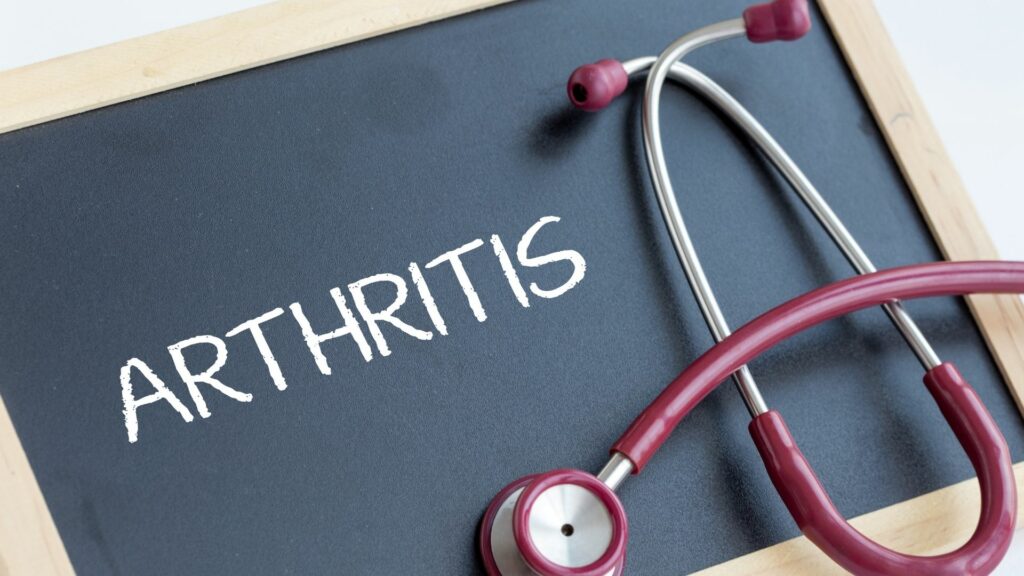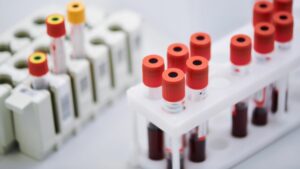Arthritis is a condition that affects the joints, causing pain and swelling. There are different types of arthritis, including osteoarthritis and rheumatoid arthritis. The most common symptom of this condition is joint pain or tenderness. It is accompanied by morning stiffness lasting more than one hour. This post will give you information on what causes arthritis, how to manage it through diet and lifestyle changes. It will also tell you about some medication options for relief from the symptoms.
Contents
What is Arthritis?

The word “arthritis” seems scary, but what does that even mean when you hear someone say they have it? Arthritis comes from the Greek word for joint or place where two bones meet. It is a medical condition that happens when your body’s immune system attacks healthy cells, tissue, and cartilage in a particular area of the body. This causes inflammation which leads to pain and stiffness along with swelling and loss of function.
Arthritis can also cause joint erosion, where the bones begin to wear away from each other. This leads to pain, deformity in those joints, and eventually immobility. This will happen if the disease goes untreated or left unmanaged by a professional health care provider who specializes in it.
Types Of Arthritis
There are 9 different types of arthritis. Each one of them has been explained in the given points:
Ankylosing spondylitis

Ankylosing means fusing joints together. Arthritis is a condition where one or more joints become inflamed due to any number of causes including infection, trauma, autoimmune disorders, and inherited conditions. In arthritis, the joints become stiffened by a loss of cartilage between bones within a joint. It causes pain that can be debilitating for some individuals. Ankylosing spondylitis is what people with this type of disease have.
Ankylosing spondylitis (AS) affects primarily your spine, pelvis, and hips. People call it “axial” arthritis for a reason. It affects these areas of your body that are at the center (axis) of what you do every day. These activities include sitting, standing, or walking. Ankylosing spondylitis also causes inflammation in other parts of your body including eyes, skin, lungs, and heart.
Gout
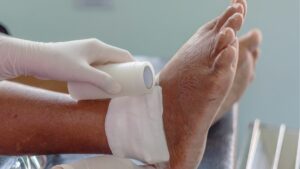
Gout is a common condition in which people have sudden attacks or flares of pain, swelling, and tenderness in their joints. It most commonly affects one joint at a time — usually the big toe. But, it can affect other joints such as the knees, hands, and feet.
Gout sufferers may also experience:
- pain during or after physical activity like walking or running;
- warmth and redness of the affected area;
- swelling in the joint;
- skin that is shiny and stretched (sometimes with small lumps under the skin);
- limited range of motion in the affected joint; and,
- changes in nail color.
These flares can come on suddenly or gradually over a period of days to weeks. Symptoms usually last from about three to 14 days but may last for up to six months or more if not treated.
Juvenile Idiopathic Arthritis

Juvenile idiopathic arthritis is the most common form of “arthritis” in children. Arthritis means inflammation of the joints, and this condition can become very painful for young people who have it. The exact cause of juvenile idiopathic arthritis is unknown. However, what we do know is that there appears to be a genetic component and it can run in families. As such, children who have parents or siblings with juvenile idiopathic arthritis are more likely to develop the condition themselves. While the doctors do not know clearly what causes this type of disease at this time, but they know that it makes “autoantibodies.” Autoantibodies are antibodies that the body produces themselves, which can result in an inflammatory process within the joints themselves.
Osteoarthritis
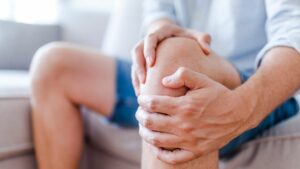
Osteoarthritis is a common joint disease that causes long-term discomfort. People who suffer from this condition may find relief with medication, physical therapy, or homeopathic treatment.
Osteoarthritis (OA) is a degenerative joint disease that occurs when the cartilage between joints breaks down over time. Cartilage serves as a cushion to protect bones and promote joint movement, allowing people who suffer from OA pain to walk and maintain balance. It can affect any joint in the body but it most commonly affects the knees, hips, and fingers.
Osteoarthritis can cause pain in the affected area as well as stiffness that makes it difficult to move around. It is hard for people who suffer from OA to complete simple tasks, like walking or dressing up due to lack of mobility. Joint replacement surgery is also an option for people who suffer from severe forms of arthritis.
Psoriatic Arthritis

The severity of psoriatic arthritis can vary from person to person. Some may experience mild discomfort in a few joints, while others have severe pain and swelling throughout many joints. There’s no cure for psoriatic arthritis, but medications can help reduce the pain and swelling.
There are no tests that will definitively diagnose psoriatic arthritis. However, there are tests that the doctors may perform to rule out other conditions including rheumatoid arthritis, gout, and lupus. Your doctor may recommend tests to look for signs of this condition including blood work or imaging studies like radiographs (x-rays), MRI scans, ultrasound, X-ray computed tomography (CT) scan, etc.
Although psoriasis brings attention to arthritis, what is more important is what the doctors can do about psoriatic arthritis. Treatments will depend on the severity of symptoms that the person experiences with this condition.
Reactive Arthritis

When your body’s immune system starts attacking healthy cells in the body, what you have is an autoimmune disease. One of these diseases that can be very debilitating for someone living with arthritis is inflammatory bowel conditions such as ulcerative colitis or Crohn’s Disease. Unfortunately, many people don’t know how reactive arthritis can arise from having one of these chronic intestinal issues. Most people, if not all of them, will be familiar with the disease as being one of those chronic conditions that you just have to live with. However, what many do not know, is what exactly it means to have the disease and what causes this condition.
Reactive Arthritis can be a very serious form of arthritis that arises as the result of an infection in another part of your body such as your genitals or urinary tract. However, what many people don’t know is what actually causes this condition. For example, there is a disease, which doctors call Reiter’s Syndrome. It can arise after contracting chlamydia or another sexually transmitted infection in the urinary tract. The person will have inflammation of their urethra and/or testicles along with reactive arthritis as to what some doctors believe are “reactive inflammatory responses.
Rheumatoid Arthritis

Rheumatoid arthritis is an autoimmune disorder that causes pain and swelling in the joints. The doctors can find this condition all over the body but what you are feeling will depend on what area it has developed, which could include your hands, wrists, feet, or ankles. When you experience symptoms such as stiffness of the joint(s), redness
ACR suggests that there are three types of signs and symptoms that can affect someone with rheumatoid arthritis:
- swollen/painful joints, which include your ankles, knees, hips, fingers, and wrists. Symptoms will come on suddenly but may last for a short period of time or may continue to worsen.
- eye irritation that is painful and/or itchy, which includes conjunctivitis (inflammation), iritis (swelling), and episcleritis (redness). This condition will usually come on suddenly but the symptoms could last anywhere from several days to weeks.
Septic Arthritis

A common misconception about joint pain is that it’s due to aging or weight problems, but instead, there might be another cause. There are over 100 types of joints in your body and they all play an important role in your movement and stability. When these joints become inflamed or infected, what you’ll typically feel is pain, swelling, redness of the skin around them, warmth to touch around the joint(s), stiffness/limitation of motion with it (the longer you go without treatment may mean more serious issues arise).
These symptoms typically point to what is known as septic arthritis. The first thing you need to do if you think a joint has become infected or inflamed is sought medical attention immediately. You should also avoid increasing the pain and swelling by trying to move around too much until you can get checked out.
If what is causing your joint pain isn’t because of the disease, but rather something else like septic arthritis, there are a few things that may be done before treatment for it begins. Applying cold or ice packs can help reduce any swelling. If what is causing the pain isn’t arthritis but rather something else, it may be helpful to elevate the joint above your heart. This will also help reduce any swelling that has occurred or might occur.
Thumb Arthritis

Symptoms of thumb arthritis include swelling, stiffness, and pain. Thumb arthritis can be caused by an injury or overuse. Treatment options may include anti-inflammatory medications, physical therapy, and sometimes surgery. For what is thumb arthritis treatments such as the ones mentioned above will depend on the cause of what is thumb arthritis.
Symptoms of Arthritis
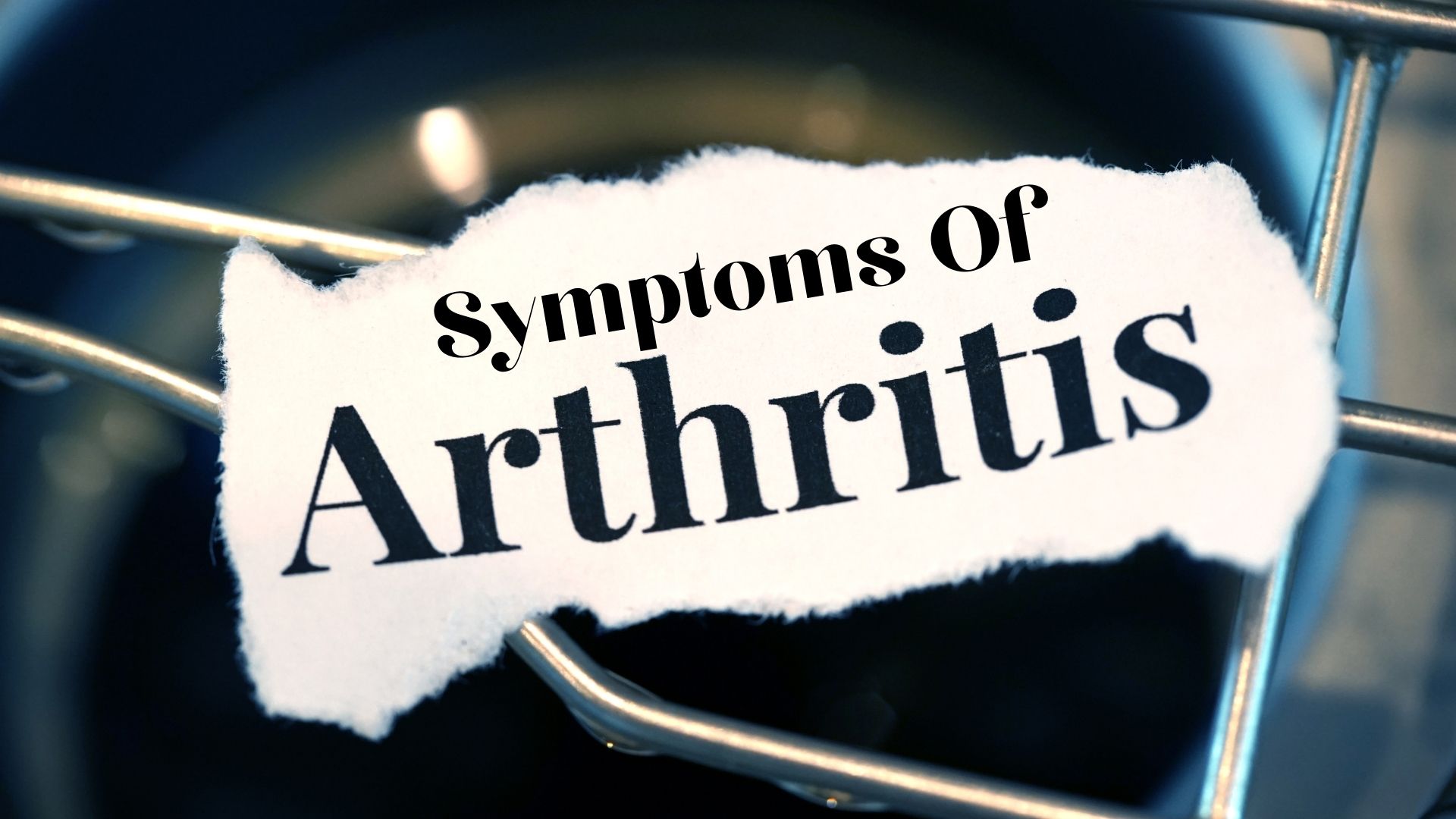
There are 16 common symptoms that you should look for if you think you might have arthritis.
- Pain: Pain in various joints of the body is a common symptom in all types of arthritis.
- Losing weight: Another symptom is losing weight when you should gain it instead. This happens because your joints become swollen and that makes them bigger, which also can make you lose muscle mass as well if the swelling isn’t controlled by medication or other methods. The reason for this symptom is because it can sometimes make you lose your appetite and this decreases your metabolism.
- Itch: Itching is a common symptom that people with disease suffer from, especially those who have psoriatic arthritis or rheumatoid arthritis.
- Stiffness: Stiffness in joints is another symptom to look out for if you think you might have arthritis.
- Feeling of swelling: Another symptom to look out for is if your joints feel like they are swollen, even though they aren’t actually swollen or bigger than normal. This can happen because the symptoms of the disease make it so that fluid collects in the joints and makes them feel like they’re bigger than usual.
- Tingling: Another symptom of arthritis is tingling and numbness in your fingers, hands, feet, or legs.
- Joint pain: Joints can also feel pain if you have symptoms of arthritis as well.
- Reduced range of motion: Arthritis symptoms can cause the joints to not be able to move as much as they usually do as well. This can be a very painful symptom for those with arthritis because their symptoms limit the amount of movement that is possible in certain joints, which then makes it harder to perform simple tasks like walking upstairs or using your arms and hands normally.
- Painful finger: Arthritis symptoms make the fingers feel sore and swollen as well.
Some Less Evident Symptoms of Arthritis
- Swollen finger joints: Another symptom of arthritis is swollen or painful finger joints that can’t move properly because they are too stiff and sore to be able to perform tasks like grabbing an object, holding something, or even just opening your hand wide enough for someone else to put their fingers in between yours.
- Reduced grip strength: If you suffer from symptoms of arthritis, then the symptoms can also cause your handgrip strength to be reduced as well.
- Joint deformity: Arthritis symptoms can make it so that joints are deformed over time because they swell up and become too stiff for them to move properly anymore.
- Loss of bone density: Arthritis symptoms can cause bones to become weaker and lose density.
- Pain in the abdomen: Arthritis symptoms can also cause pain in the stomach area as well, especially if you have rheumatoid arthritis or ankylosing spondylitis symptoms.
- Reduced lung capacity: Another symptom of arthritis is reduced breathing because your lungs aren’t capable of taking in as much air because of the symptoms.
- Erectile dysfunction: Arthritis symptoms can also cause erectile dysfunction to happen too, which is when you are not able to get or maintain an erection during sex for whatever reason.
Causes of Arthritis

Arthritis is a condition that affects the joints. It can be caused by an injury, illness, or overuse of the joint. There are many different types of arthritis and each one has its own causes. The most common type of arthritis is osteoarthritis which occurs when the cartilage between bones breaks down causing inflammation, pain, and stiffness.
Osteoarthritis:
The causes of osteoarthritis include:
- aging, as cartilage, wears down over time as you age.
- injury to the joint such as a fracture or sprain which isn’t treated properly and heals incorrectly leaving it prone to arthritis later on in life. If you injure your joint,
- obesity
- repetitive use of the joint
- genetics
Rheumatoid Arthritis
Rheumatoid Arthritis is a condition that affects the joints. It can be caused by infection, injury, or abnormal function of the immune system. If you want to avoid getting arthritis, it’s best to know its most common causes. They include:
- Genes (heredity) – Being overweight/obese
- Aging
- Injuries to the joints
- Infection (e.g. bacteria, viruses) in synovial fluid of joint or nearby tissues and organs, such as Viruses like HIV and Epstein Barr virus can infect cells that control immune system function and cause rheumatoid arthritis
- Sex hormones (estrogen, progesterone)
- Inflammatory bowel disease like Crohn’s disease or ulcerative colitis can affect the joints of the legs and arms. It is also associated with an increased risk for rheumatoid arthritis.
- Systemic lupus erythematosus (SLE)
- Other autoimmune diseases like ankylosing spondylitis, psoriatic arthritis, and scleroderma
- Stress
- Smoking
Diagnosis Of Arthritis
Arthritis and Fibromyalgia are autoimmune diseases, which means that the body attacks itself. The cause is not completely understood but it can lead to swelling, pain, or even complete immobility. Arthritis tends to affect women more than men and it is more common in older people. If you or your loved ones suffer from arthritis, you must know that there is a complicated diagnosis as the doctors may misunderstand the symptoms for other conditions such as muscle soreness, strains, and sprains. Treatment options include weight loss programs to manage obesity, medications that reduce inflammation, and pain relievers.
Laboratory tests

Arthritis diagnosis usually involves a combination of laboratory tests and medical history. Doctors use laboratory studies to rule out other diseases that have similar symptoms as those experienced with Fibromyalgia, such as Rheumatoid Arthritis (RA).
Blood Tests
Medical history is very important in diagnosis as well. As part of the process, doctors will ask you about your family’s medical history and symptoms that are consistent with Fibromyalgia or RA. The doctors may tell you to have blood tests to diagnose the disease and fibromyalgia.
X-ray

In some cases, your doctor will order an X-ray to study the bones for possible damage that can be causing symptoms such as joint pain or stiffness in the diagnosis of arthritic conditions. The X-ray results then decide the treatment method to opt for the recovery of the disease.
MRI
In the diagnosis of rheumatoid arthritis, your doctor may order an MRI to study the soft tissues in the diagnosis of Fibromyalgia.
Treatment Of Arthritis
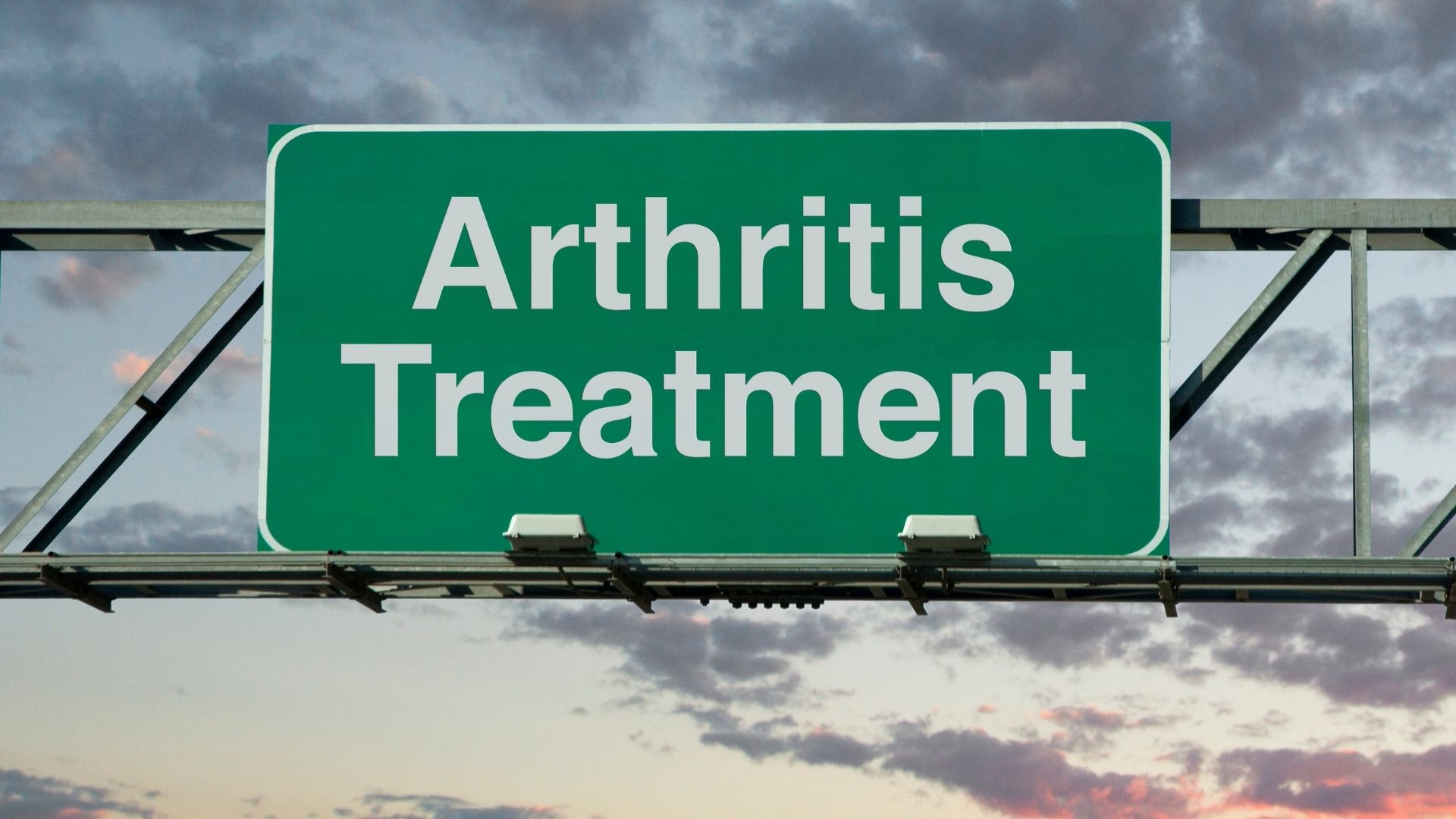
Arthritis is often a condition that comes with age and can affect many different joints in the body. There are very few options for people who suffer from arthritis pain, but there are some great treatments out there to help manage the symptoms.
- One treatment that might work really well on some patients with the disease would involve corticosteroid injections. They decrease inflammation and help with pain relief.
- Finally, there are some great medications available to treat the disease that can be a fantastic way for people who suffer from this condition to manage their symptoms every day. Some of these include non-steroidal anti-inflammatory drugs (NSAIDs) as well as disease-modifying antirheumatic drugs (DMARDs).
- One of these options involves surgery which the doctor recommends to people who have severe arthritis. This surgery is applicable when other treatments are not effective for the patient’s condition, but it can be a great option in some cases.
- Fusion: Two or more bones are permanently fused together. Fusion immobilizes a joint and reduces pain caused by movement.
- Joint replacement: A damaged, arthritic joint gets replaced with an artificial joint. Joint replacement preserves joint function and movement. Examples include ankle replacement, hip replacement, knee replacement, and shoulder replacement.
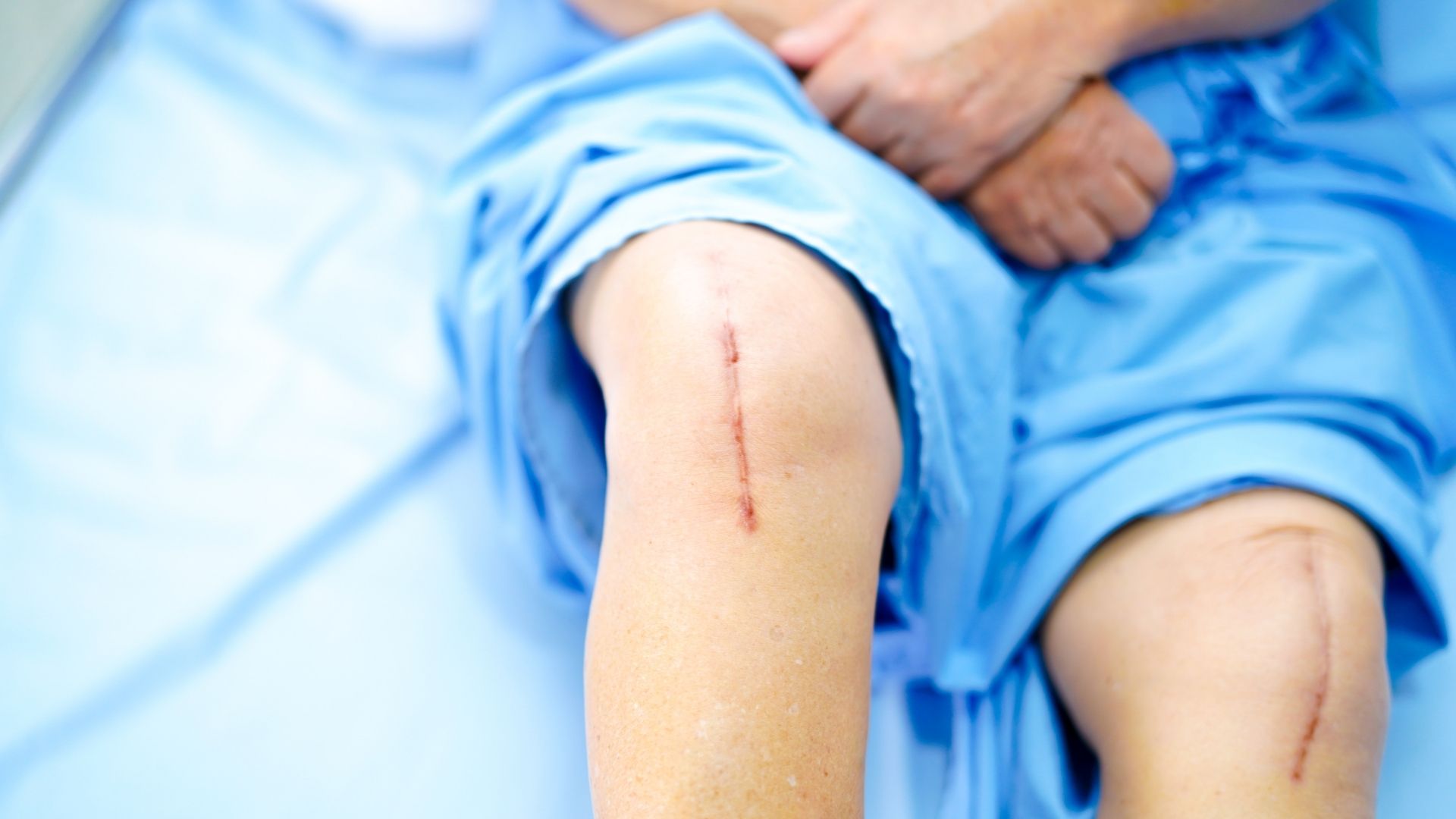
There are many options available for people who suffer from the disease. We encourage you to discuss your symptoms with a doctor to find the best treatment plan that works for you.
Risk Factors
You can reduce the risk of developing the disease by taking proactive steps to address risk factors. These steps include increasing exercise and maintaining a healthy weight!
- Family history: If you have a family member who has suffered arthritis, it means you are more at risk of the disease. If your parents had arthritis, there is about a 25 percent chance that you will also develop this condition.
- Obesity and smoking
- Physical injury to joints can make one vulnerable to the disease as well.
- Workplace conditions that expose people to risk factors such as vibration and exposure to chemicals can also lead to arthritis
- Individuals who have autoimmune disorders like rheumatoid arthritis, psoriatic arthritis, and ankylosing spondylitis are at a higher risk of developing osteoarthritis
- Age: The risk of developing the disease increases as you get older. The risk is even higher for those who are over the age of 65
- Gender: People with a family history of osteoarthritis may be at risk to develop this condition because it tends to run in families. Women are more likely than men to have this condition. Women are more likely to have the disease because of the risk factors associated with osteoarthritis, rheumatoid arthritis, and psoriatic arthritis.
- Previous Joint Injury: Previous physical injury to the joints can make one vulnerable to developing arthritis. Even an old sports injury or a car accident could have increased the risk of osteoarthritis years later.
Natural Remedies
There are many natural remedies for the disease available on the market today. For someone with mild or moderate arthritis, these natural treatments may be enough to help manage their symptoms. However, people who have severe arthritis should consult their physician before using any natural treatment. This is so because some could interact with medications they are taking or worsen their condition.
- Acupuncture: This natural treatment uses needles to stimulate specific points on the body. Acupuncture can be uncomfortable but people consider it a safe natural remedy for symptoms of the disease with few side effects.
- Fish Oil: This natural supplement contains omega-three fatty acids, which are known to reduce inflammation in joints caused by arthritis. Most people cannot tolerate fish oil capsules so they prefer taking it as fish oil liquid.
- Ginger: This natural remedy reduces inflammation and pain caused by arthritis symptoms. People can take it in capsule, tea, or tincture form.
- Massage Therapy: Massaging areas of your body where you feel the pain of the disease can help relieve it.
- Olive Oil: This natural remedy can be a treatment for joint pain caused by the disease because it contains anti-inflammatory compounds that provide relief from the condition’s symptoms.
- Relaxation Techniques: Learning how to use relaxation techniques like yoga, meditation, and deep breathing may help relieve stress which is thought to contribute to inflammation in joints and worsening symptoms.
- Rosemary: This natural remedy is another natural treatment for inflammation in joints caused by osteoarthritis.
- Vitamin D: People who have osteoarthritis may benefit from taking vitamin D supplements because this natural treatment has anti-inflammatory properties that can help reduce pain and inflammation in the body.
- Yoga: This natural remedy for disease reduces joint pain by increasing flexibility, which allows affected people to move more easily without putting pressure on their joints.
Conclusion
This is everything that you need to know about the disease and everything that keeps a connection with it. But, not every case is the same. If you monitor your symptoms properly, you can even get rid of the disease.
Physical Therapy helps patients recover from pain. If you’re experiencing Back pain, Shoulder pain, Knee pain, Neck pain, Elbow pain, Hip pain or Arthritis pain, physical therapist at MantraCare can help: Book a physio therapy session.
